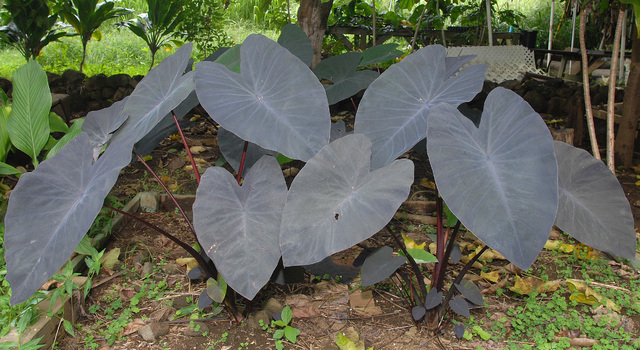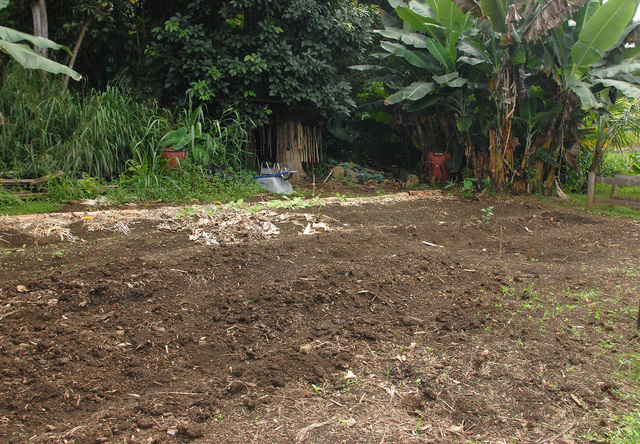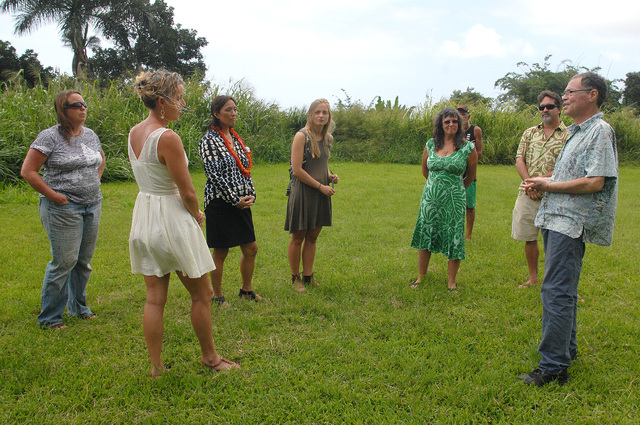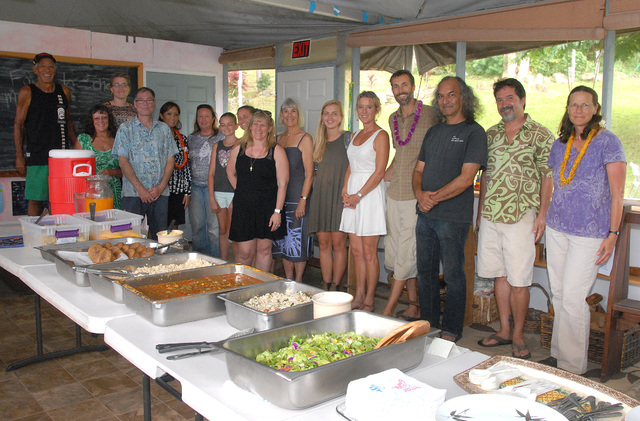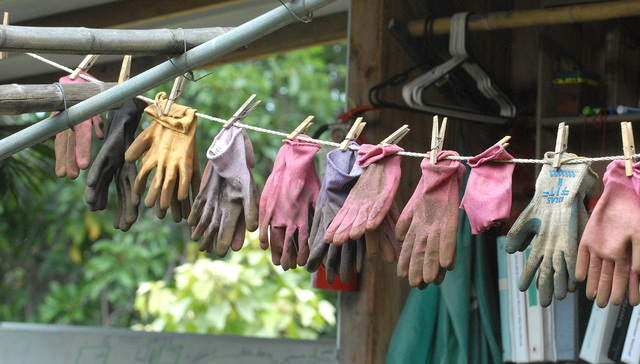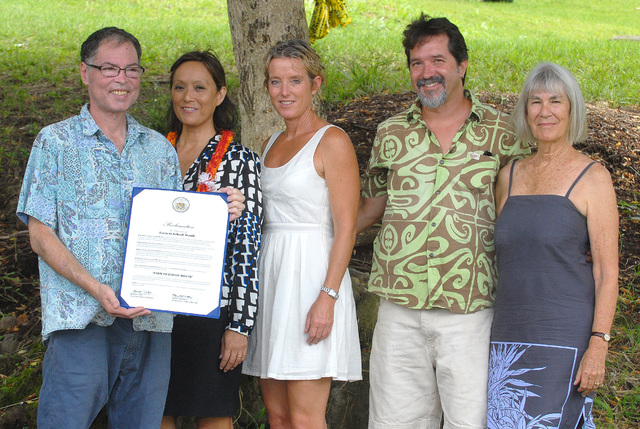A proclamation from Gov. David Ige declaring October Farm to School Month was delivered Thursday by his representative Susan Kim at Kona Pacific Public Charter School, kicking off the campaign in West Hawaii. Through a partnership with the USDA and
A proclamation from Gov. David Ige declaring October Farm to School Month was delivered Thursday by his representative Susan Kim at Kona Pacific Public Charter School, kicking off the campaign in West Hawaii. Through a partnership with the USDA and Food Corp, area schools are developing gardens and accompanying curriculum with the goal of cultivating a nation of healthy kids.
History has a way of repeating itself. A 1910 report of school gardens in Hawaii shares the same mission of locally sourced, nutritious food for our children. In fact, school gardens were commonplace in the state up to the 1970s, growing food for children and families, providing physical activity and helping to supply the school cafeteria. Forty years later the movement has gained momentum, with children’s health driving the program.
If something is not done, one in three children in the state will get diabetes, according to Nancy Redfeather of the Kohala Center.
Redfeather also cited some statistics about the economic impact – and future economic potential – of Farm to School. Currently, the array of USDA programs related to Farm to School brings more than $5 million annually in federal funds into Hawaii to support school lunch and snack programs.
If Farm to School efforts were to result in increasing the amount of local food purchased by the Hawaii DOE’s food service branch, for example, from the current rate of approximately 10 percent to just 20 percent this would translate to $3.96 million annually more spent on Hawaii grown products.
Kona Pacific Public Charter School has been a champion in the Farm to School movement. Together with its allied nonprofit partner Friends of Kona Pacific Public Charter School, they promote agriculture, education and health by providing fresh local foods for school meals and snacks, increasing educational opportunities in agriculture, food, health and nutrition, and promoting learning gardens in schools that connect to core academic curricula, said Chris Hecht, CFO of KPPCS.
“Kona Pacific operates the WHOLE Food Service, West Hawaii’s leading supplier of federally reimbursable meals to clients serving vulnerable and at-risk populations, such as Head Start and Early Head Start, Meals on Wheels, elder care programs, Punana Leo o Kona preschool, and the County of Hawaii Recreation program,” Hecht said. “The food service has attained a 42 percent rate of locally grown products in its menus, the highest rate of local food procurement statewide for food service operators.”
In addition, the school provides four meals a day to its students free of charge.
The school has an ambitious plan of increasing that number to 100 percent through growth of the garden including the addition of livestock.
“We want to bring the joy of working with the land to our children, providing nutritious food and connecting the children and community to the land and food” said Usha Kotner, former school director.
KPPCS has recently been awarded a $1.2 million grant to build a community kitchen which would serve the whole community as well as the school’s cafeteria.
“The school is an anchor point to serve the community as a representative of state government” said Hecht. “West Hawaii has diverse needs and including a value added production line for farmers in the kitchen — a first in West Hawaii — we hope to meet those needs.”
The kitchen has a projected June 1, 2016 groundbreaking with a series of community meetings beginning in November to gain input on the design of the kitchen and production line.
The official declaration event kicks off a month of events throughout Hawaii, including visits to school gardens and farms, and various Farm to School presentations. For more information on these events, go to The Kohala Center’s website at www.kohalacenter.org


